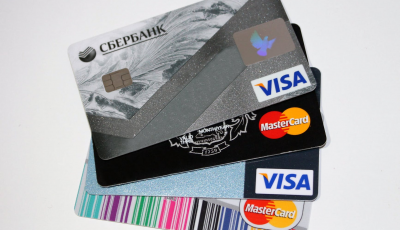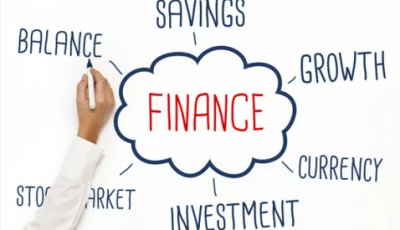
Whenever we hear the word “budget” what comes to mind is controlled spending. Some think of it in a negative way and focus on the restriction that comes with it. Financial experts see it differently and don’t look at it as a restriction but as an efficient way of spending. Personal budgeting is something that a person can’t live without if you want to reach your financial goals in life.
What Your Budget Can Do For You
Personal budgeting is just like going on a diet. People have a hard time doing both because of the negative mindset that they attach to the two. We always have the tendency to think of restrictions rather than efficiency. We should also focus on the goal that we want to accomplish. We go on a diet in order to lose weight or live a healthy lifestyle. We make a budget in order to achieve our financial goals in life like owning a house, car, travel, etc.
How To Make A Budget
- Gather All Financial Information
In order to come up with an accurate personal budget plan, you need to gather everything that you have that is related to your finances. Any information about sources of income or expenses should be included. Investments, checking and savings, and any other financial instruments that you have should be placed in front of you so that you can start organizing them in your budget structure.
- Make A List Of All Your Income
If you are employed and earn a regular salary, this would be easy for you to do. For freelancers and business people income usually varies. What you need is to come up with an average amount based on your income the last 6 to 12 months.
- Make A List Of What You Owe
For first-time budget makers, it is common to have debts. Student loans, car payments, mortgage and credit card payments.
Coming up with this list may serve as an eye-opener for many, especially if you arrive at a huge number. A budget will help solve this and the priority should be getting out of high-interest debts. You should also start working on not adding to this list for the short term and focus on wiping out everything found here.
- Make A List Of What You Have
It would be great if you know your net worth. You should come up with a total of how much you have in savings, investments, and assets so that you will know how much you have at the start of your budgeting. Your net worth can be determined by simply subtracting what you owe from what you have. Most people have negative net worth, meaning their debt is larger than the assets that they have on hand. With the proper budgeting, our target is to fix our net worth to become positive.
- Make A List Of All Your Expenses
It’s now time to list down all your expenses. Be detailed as possible and include everything that you spend your money on. There are fixed expenses which are the ones you must prioritize over the variable expenses. Rent, mortgage, car, student loans, and credit card payments are fixed expenses that you can’t afford to pay for. Variable expenses can change from month to month like gas, groceries, eating out, gifts and entertainment to name a few. This is where you can make adjustments if needed in order to balance your budget.
- Balance Your Budget
We now come to the most exciting part of your personal budgeting. Make a total of all your income and expenses, if you have more income than expenses, then congratulations, you are on your way to reaching your financial goals.
If the result is negative, meaning your expenses are higher than your income, then adjustments should be made at once.
The category where you can cut out expenses is in your variable expenses. These are the less important expenses that you can live without for the meantime.
Your budget is a tool which will tell you if you are overspending on your monthly income. Learn how to make cuts if necessary and live within your means.







